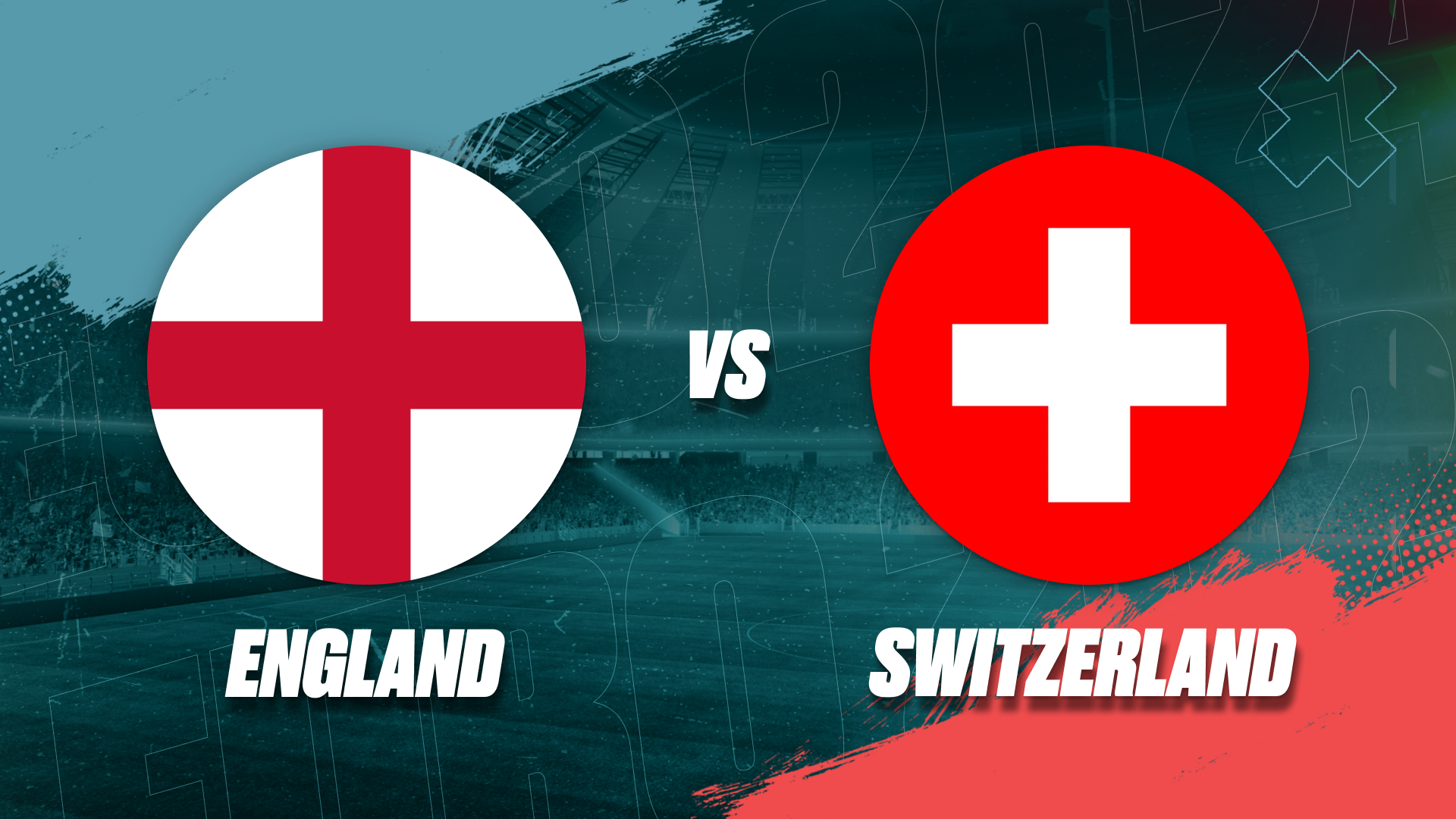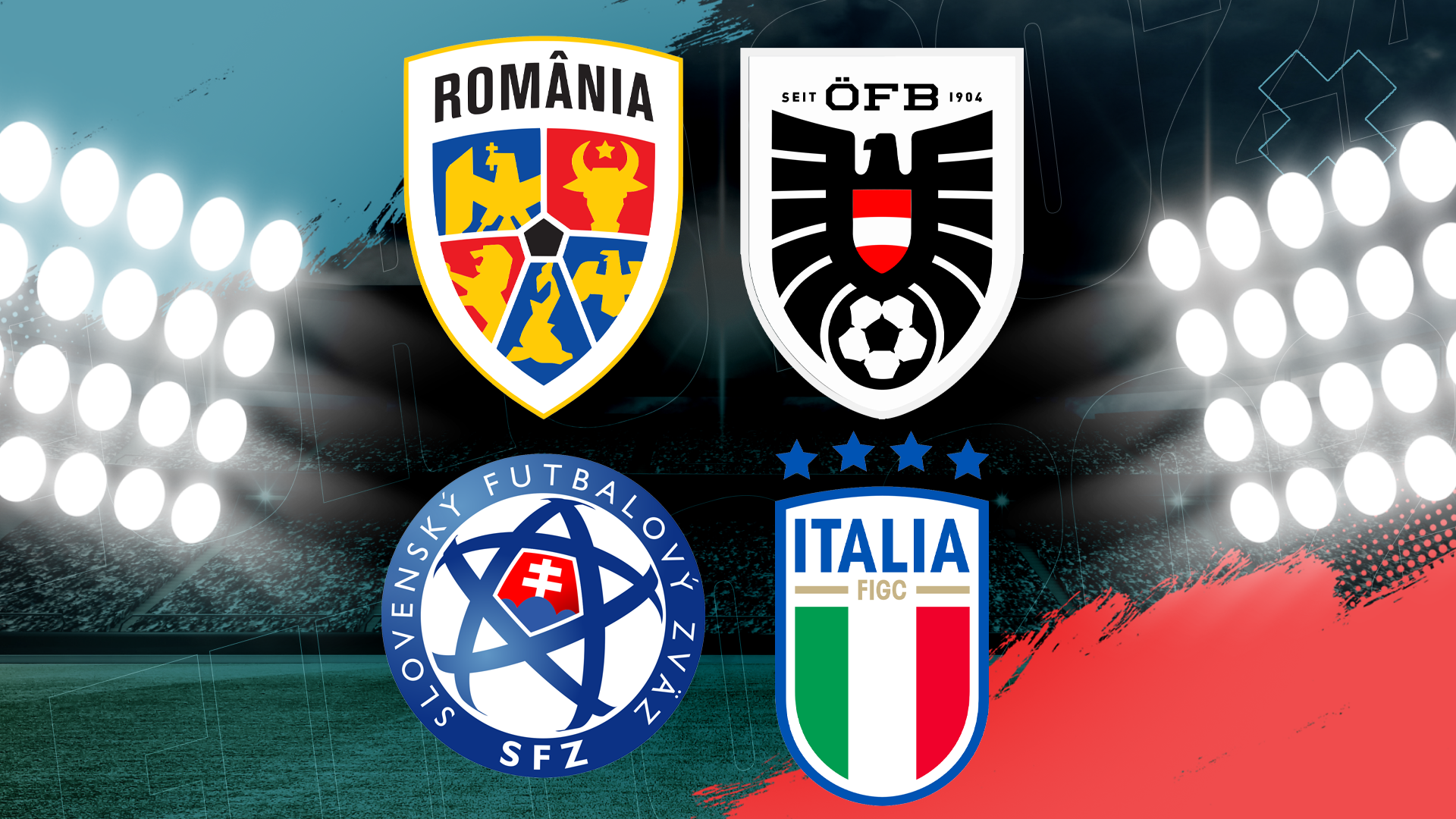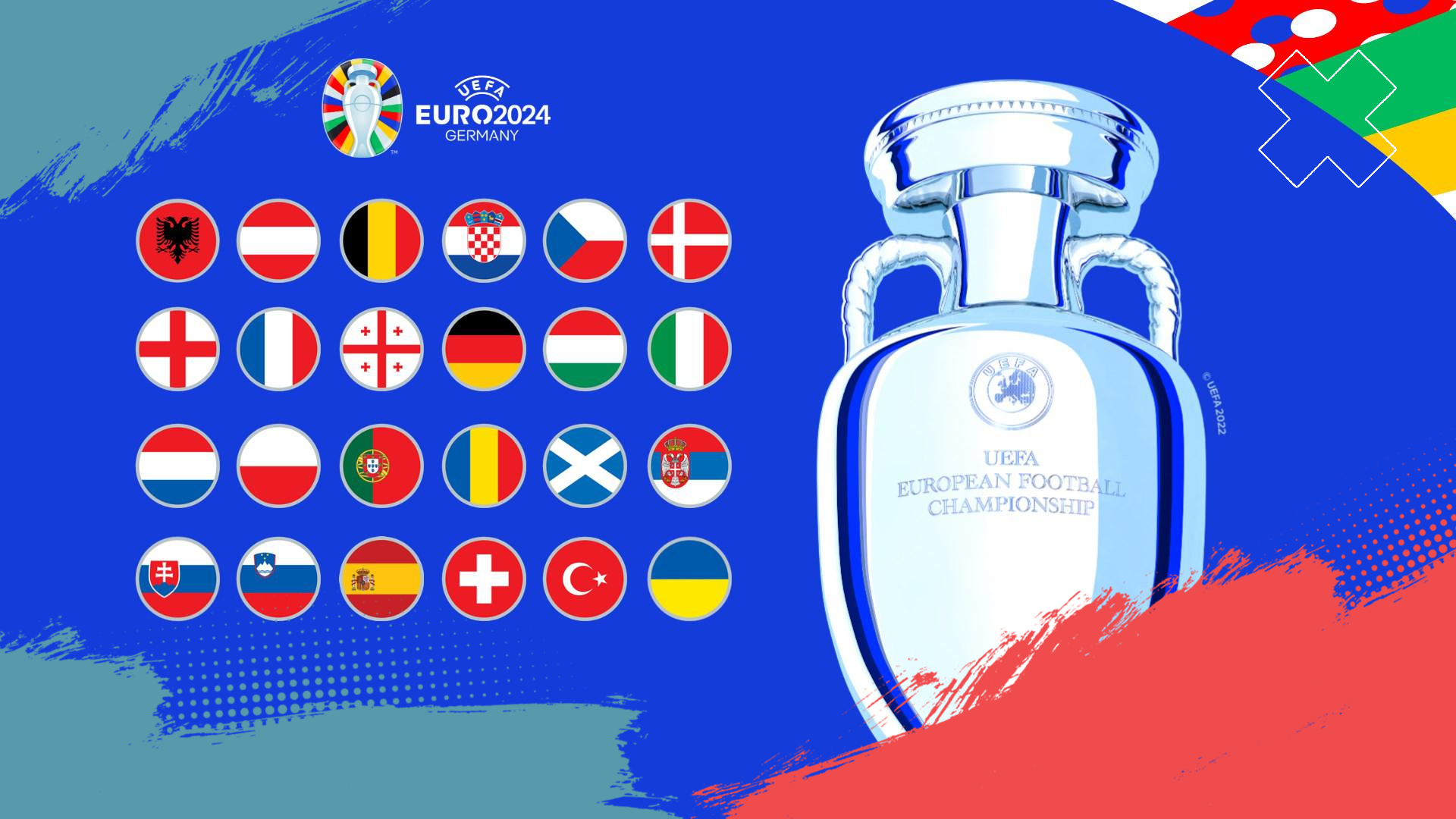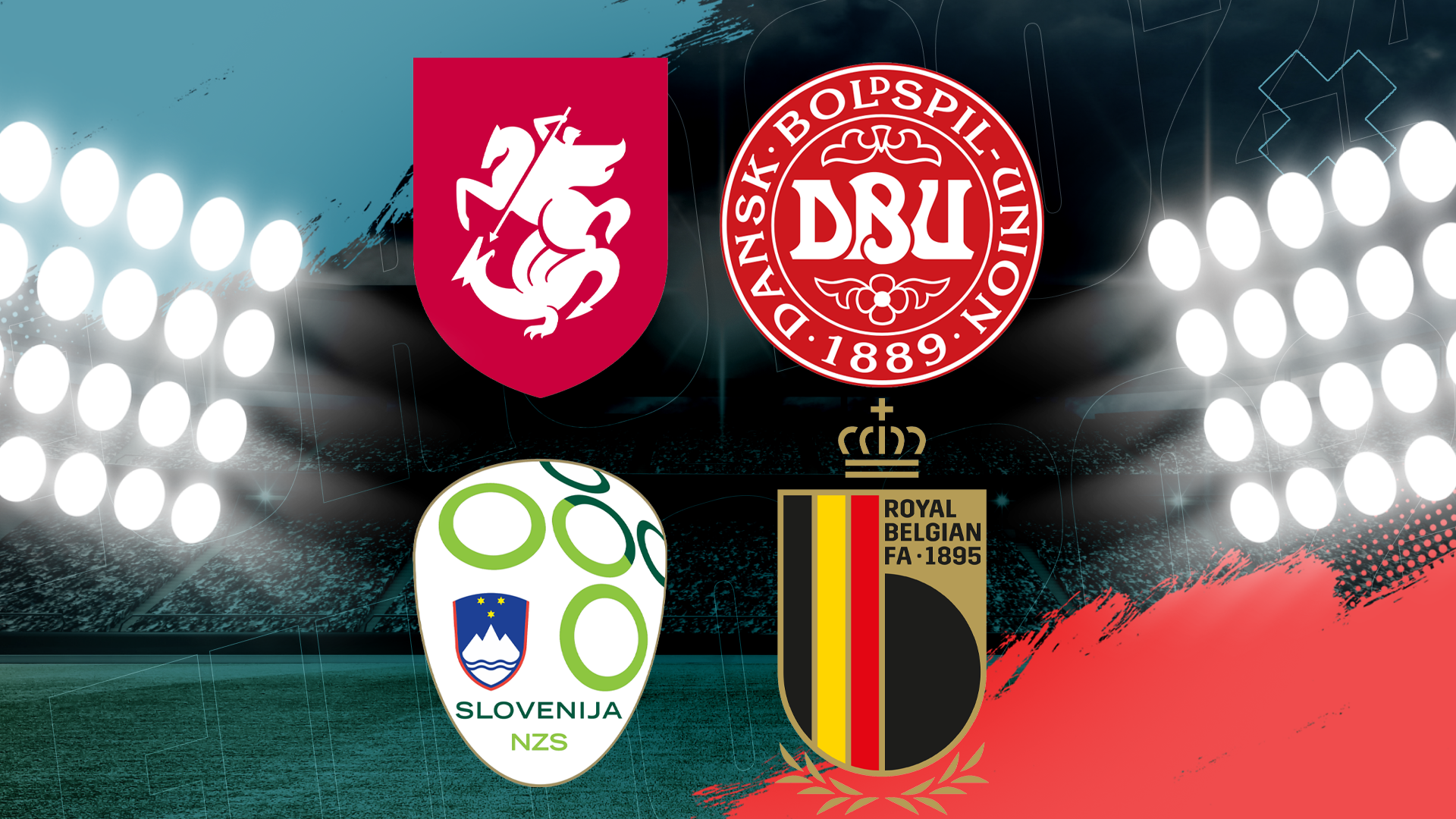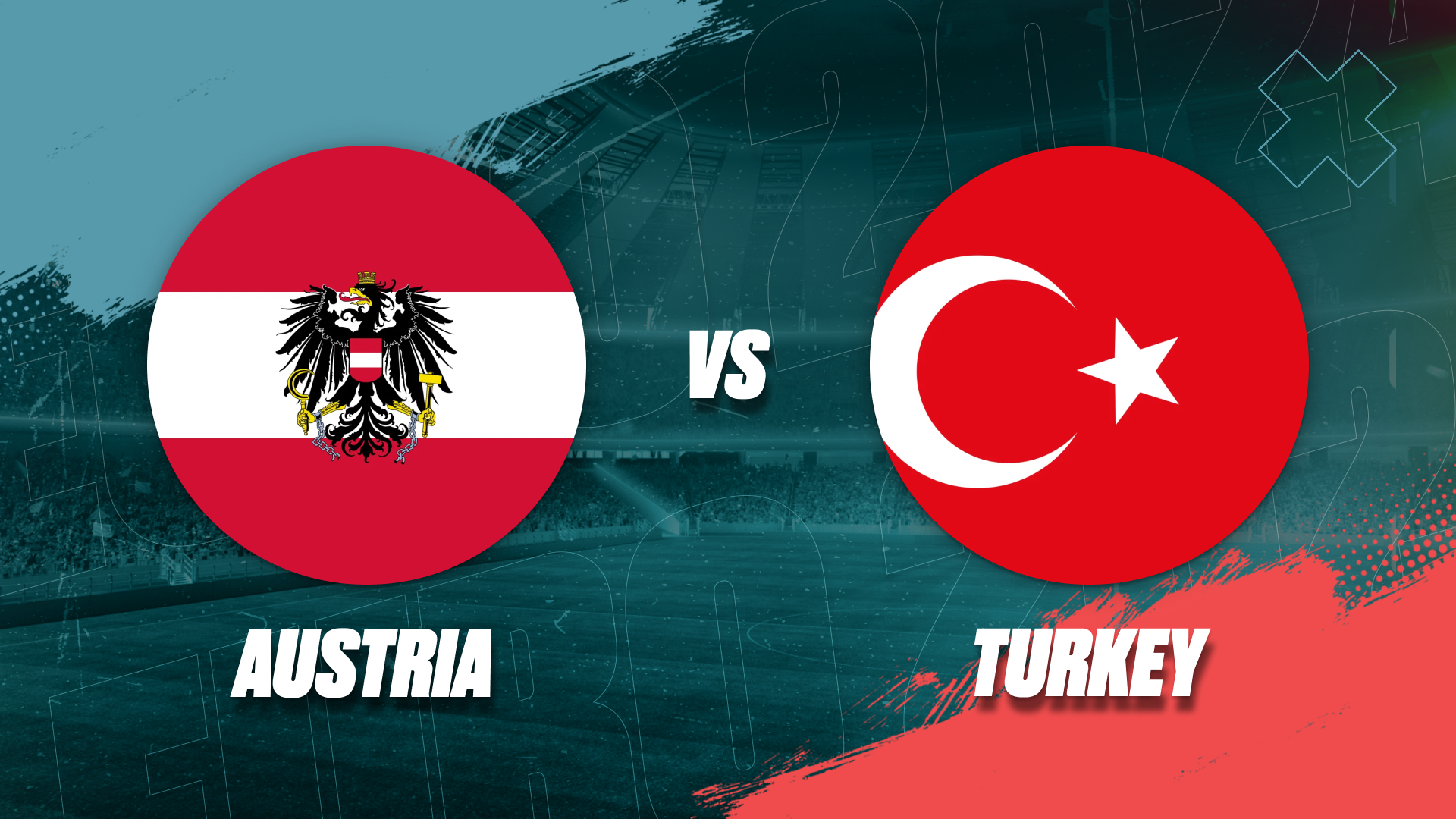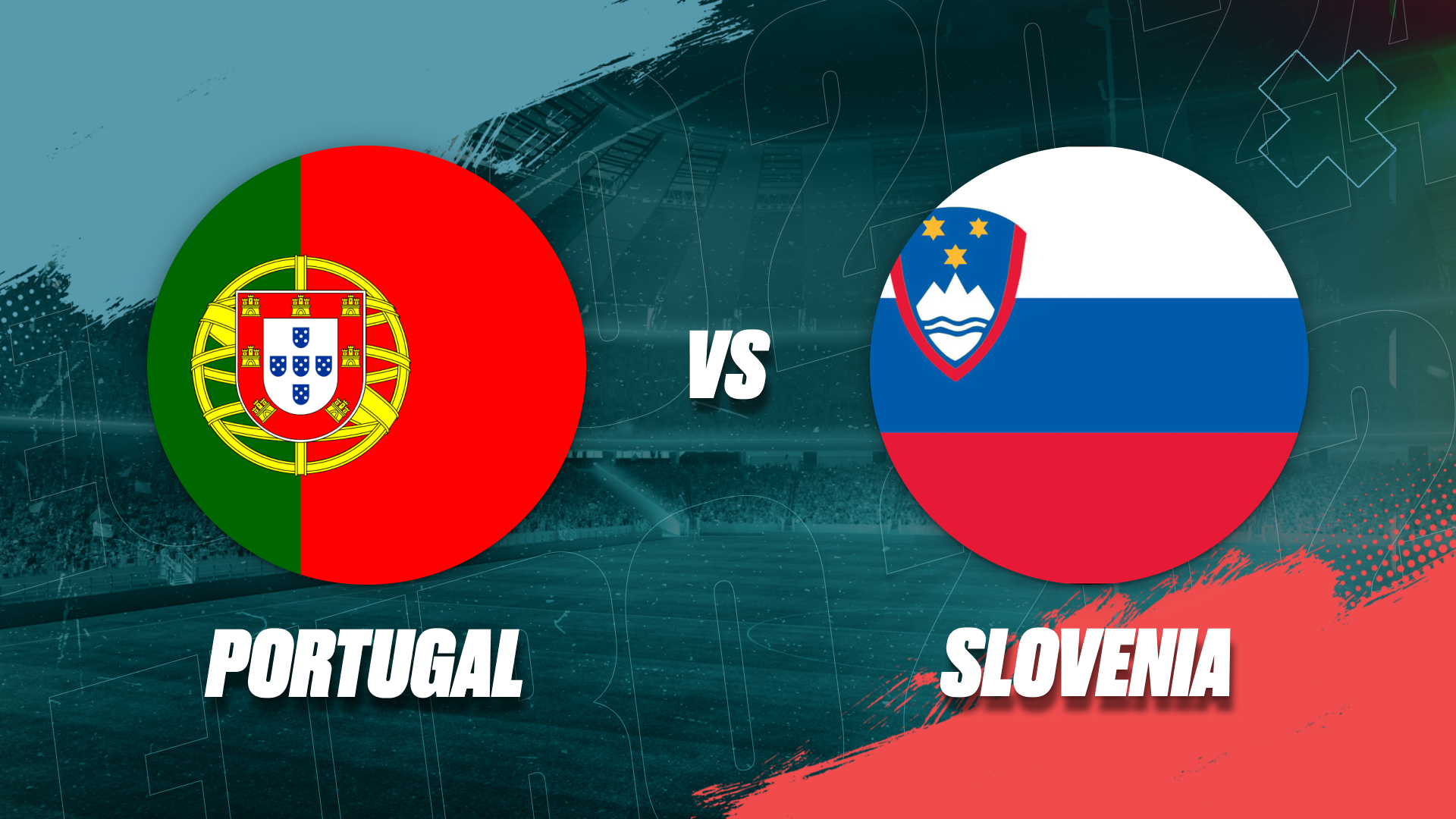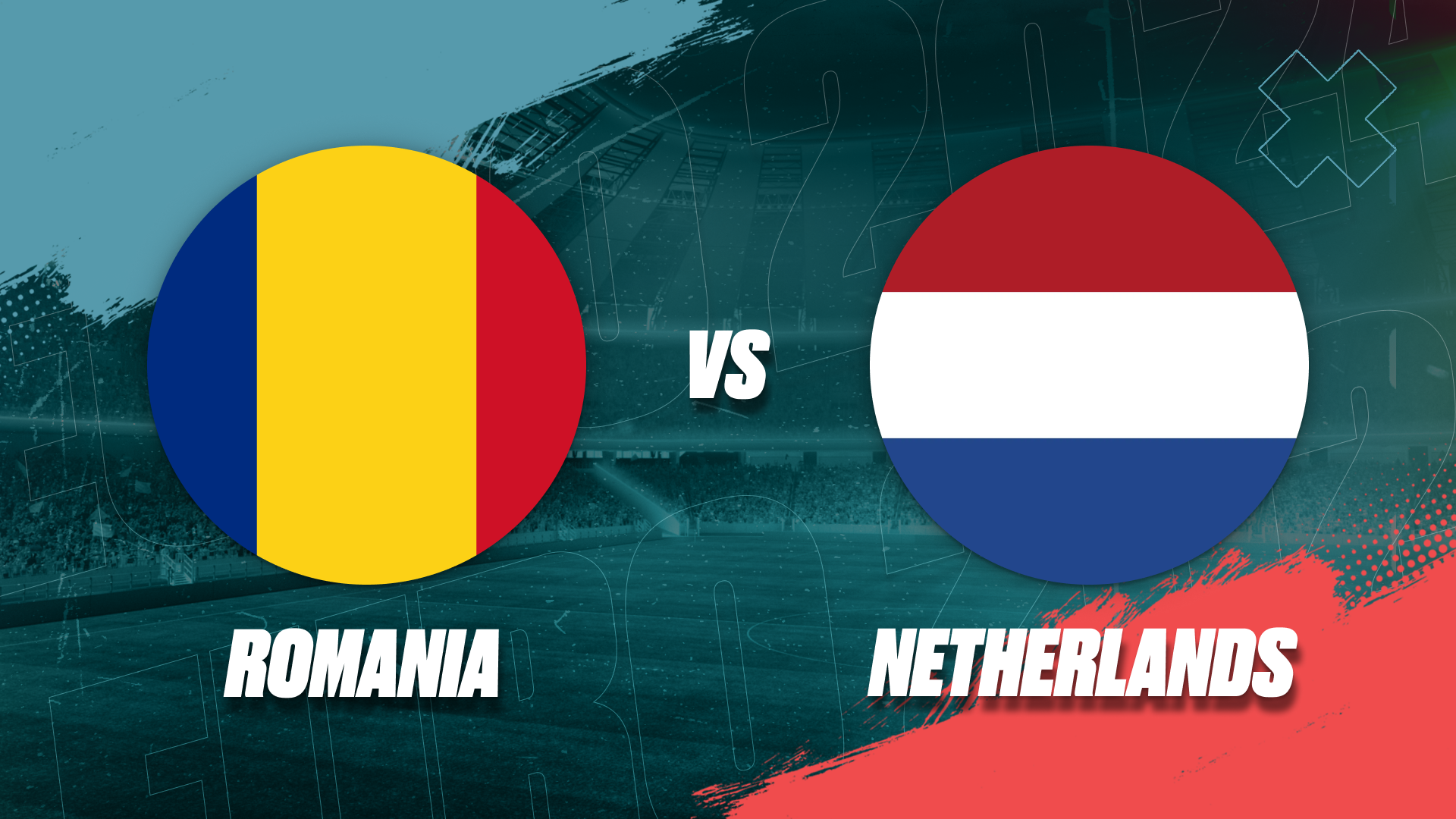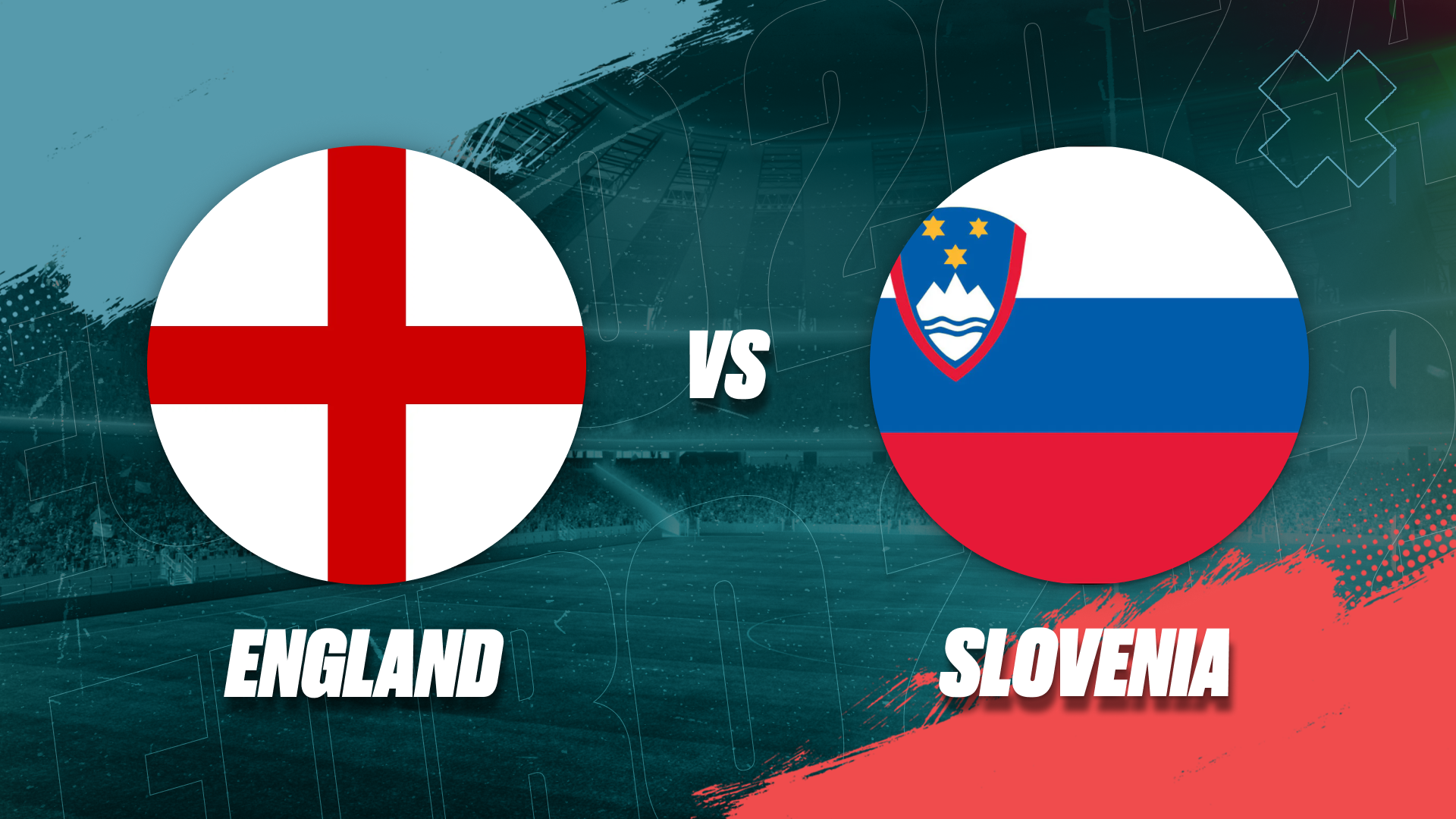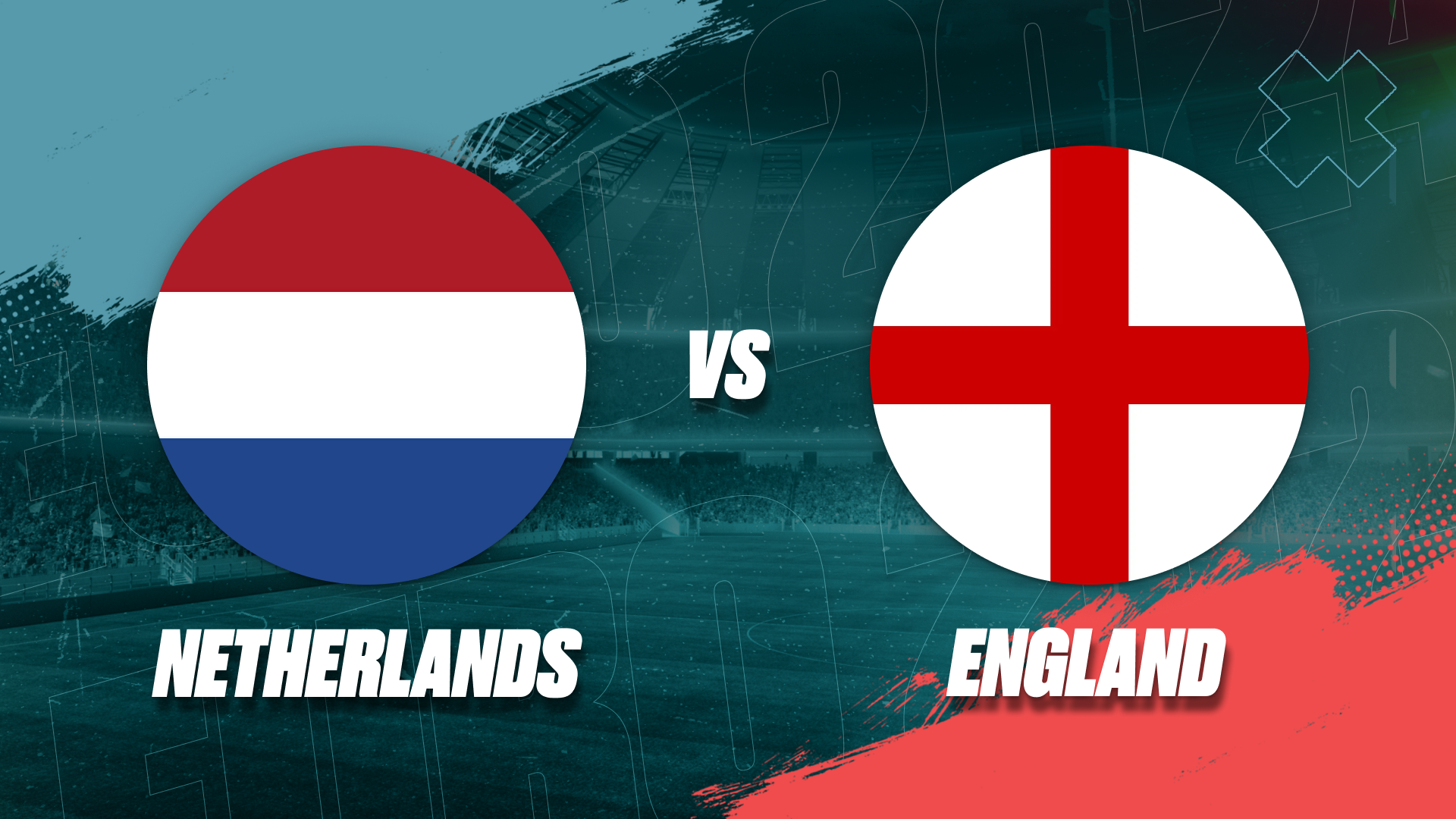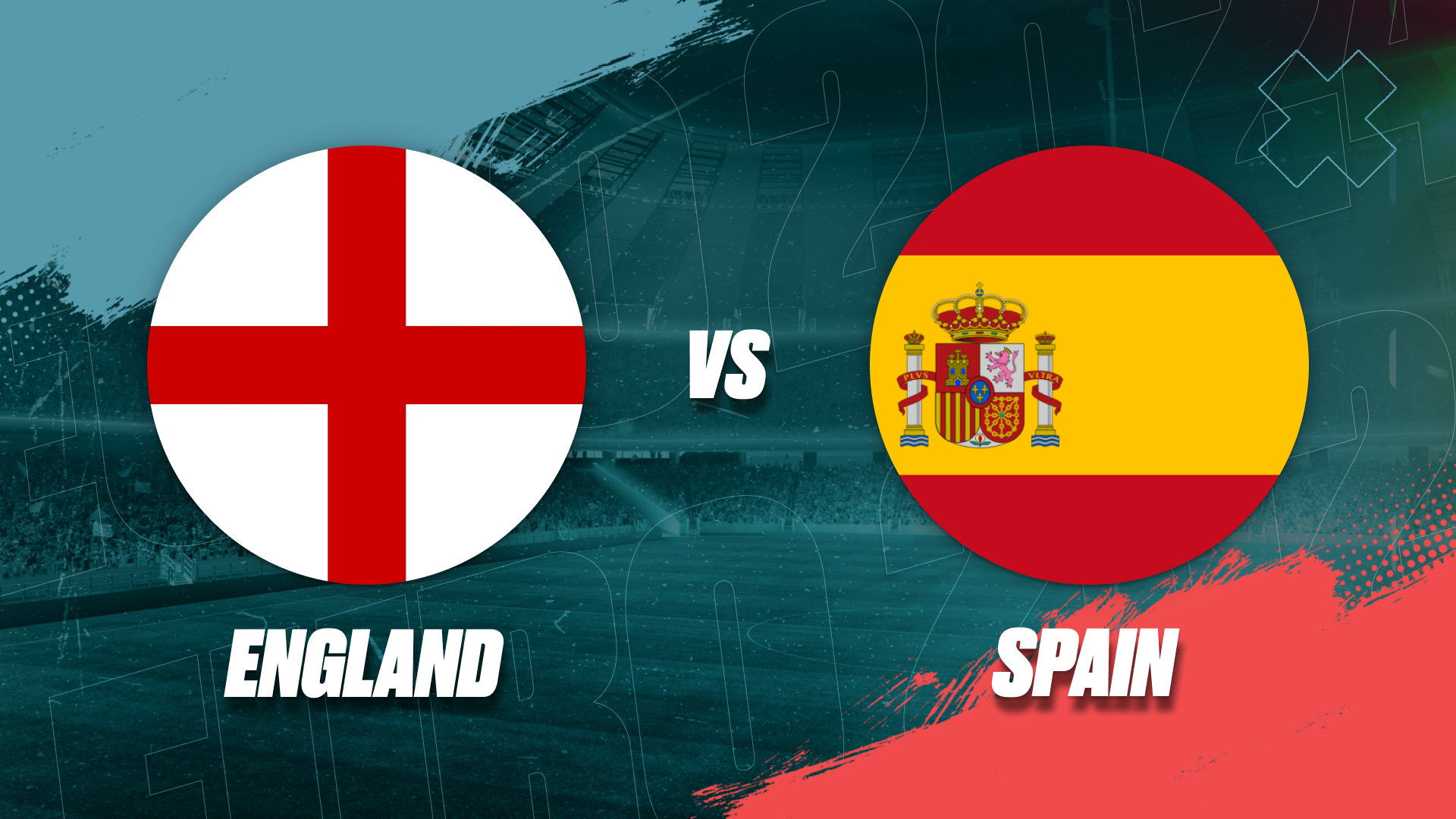Despite the criticism Gareth Southgate received during Euro 2024, the England national team reached the semi-finals of the tournament. However, England still has not played against any of the top teams contending to win the 2024 European Championship.
Memories made together ❤️ pic.twitter.com/Utb3lYza7n
— England (@England) July 7, 2024
In addition, England only managed to score at least one expected goal in one match at this Euro against Slovakia, while they lost to the Slovaks in terms of expected goals (1.52-2.15). This suggests that England’s wins were primarily due to individual skill rather than coaching tactics and strategy.
What is the main problem for the English national team at Euro 2024? Did Gareth Southgate manage to improve the quality of play in the match against Switzerland? Let’s try to find answers to these questions.
Narrow Tactics Stifle England’s Creativity
In the opening match of Euro 2024 against Serbia, England started strong and scored a quick goal within the first fifteen minutes. They displayed high intensity and quick transitions, moving the ball from their own half to the opponents’ final third.
Bukayo Saka played an important role during this time, utilizing a wide, high position to stretch the opponents and create scoring opportunities with dangerous passes into the penalty area.
“Stay focused. Two games to go to change our lives.” ✨
Couldn’t have said it better, @BukayoSaka87 👏 pic.twitter.com/DJqASYhkVM
— England (@England) July 6, 2024
However, after scoring the goal, England’s play became more focused on horizontal and narrow passing, with Saka receiving the ball near the center of the pitch. Only Kyle Walker occasionally ran down the flank to stretch the opponents’ defense.
The Serbian team had little difficulty defending in a medium-low block, effectively covering the center of the field to minimize the threat from England’s attacking players.
The change in England’s style after scoring the goal was likely aimed at minimizing risk and maintaining better ball control while also denying the opponent opportunities for quick counter-attacks. This tactic proved effective, as the Serbian team struggled to create any significant chances near the English goal.
From the first whistle to that final penalty kick. Together. 💙 pic.twitter.com/Xzj7ruXhKb
— England (@England) July 6, 2024
Despite initial expectations that England would switch to a more defensive strategy after scoring, subsequent matches against Denmark and Slovenia did not follow this pattern.
Instead, England played without significant attacking intent throughout both matches, focusing on ball retention in the center of the pitch and preventing chances on their own goal. As a result, both matches ended in uneventful draws.
But before the game against Slovakia, it was evident that England needed to enhance their positional attacks and better fill all areas of the opposing side of the pitch.
— England (@England) July 6, 2024
Gareth Southgate had to avoid bringing Declan Rice, Kobbie Mainoo, Jude Bellingham, and Harry Kane into the central area of the pitch at the same time, which would go against the fundamental positional principles of football.
In the group stage matches, Phil Foden was consistently positioned to receive the ball in a low position in the central area, and Bukayo Saka, while positioned on the flank, was regularly receiving the ball near the center of the pitch.
In essence, England lacked options to deliver the ball between the lines and had almost no players in high wide positions.
Love that, @BukayoSaka87! 🌶️
KEEP PUSHING, LADS 💪 pic.twitter.com/SgyMXgWlzV
— England (@England) July 6, 2024
Southgate should have been aware before the game against Slovakia that the lack of structure in attack and being too narrow would play into Slovakia’s strengths.
Francesco Calzona’s team excels at meeting opponents with a medium defensive block, tightly covering the central zone and occasionally pressing powerfully in that area.
However, Gareth Southgate’s coaching staff decided not to change the game strategy and continued to play with maximum center overloading. As a result, Slovakia completely blocked the central zone of the pitch and made some highly dangerous transitional attacks, one of which resulted in a goal.
GAMECHANGERS. ™️#EnglandGaming @England pic.twitter.com/0NH7OaCwcL
— England Gaming (@EnglandGaming) June 30, 2024
In the second half, England started to utilize more quick vertical passes while Slovakia closed into a low defensive block.
However, England still lacked width and depth in attack, as well as intelligent zone spreading. They were saved by the brilliant Jude Bellingham, who managed to score and equalize in a difficult situation.
Saka Shines, But England Stumble to Penalty Victory
After a tough match against Slovakia, the English coaching staff made adjustments to the game plan. It was clear that Switzerland’s main strength was their clever positional play in a 2-3-5 formation.
To better counter Dan Ndoye and Michel Aebischer, Southgate decided to switch to a 5-2-3/3-4-3 formation, which he had already partly used in the second half against Slovakia.
Focus levels: 💯#EURO2024 pic.twitter.com/s5XSXoD16U
— England (@England) July 6, 2024
Kieran Trippier and Bukayo Saka were tasked with receiving the ball in wide, high positions to exploit the defensive frailties of the Swiss wingbacks. While Trippier struggled to threaten on an uncomfortable flank, Bukayo Saka was a standout performer on the pitch.
Saka had the opportunity to consistently dribble near the opponent’s penalty area, making four clean dribbles out of four attempts and producing a series of dangerous passes into the penalty area. In one instance, he scored a stunning goal from distance.
A moment of magic from @BukayoSaka87 💫#ThreeLions | @ExtraOfficialUK pic.twitter.com/lIH100OWn0
— England (@England) July 7, 2024
In defense, Bukayo won 10 of 13 duels, made three successful tackles, and was beaten just once, demonstrating his all-around capabilities.
However, England created few chances in the match and only secured victory in a penalty shootout. Saka didn’t receive the ball often in dangerous positions in front of the opponent’s penalty area, and the rest of his teammates continued to play narrowly and without structure.
Look at Harry Kane’s average position in this game. 😮
Either Southgate has instructed him to play so deep or Kane has forgotten he’s our striker.
Toney or Watkins would surely be more effective at this point. #BBCFootball #ENGSWI pic.twitter.com/mRPQzAZK4c
— Ed Goodman (@edagoodman) July 6, 2024
Despite Switzerland not being exemplary in their positional attacking football, they displayed a more structured and thoughtful approach, showing combinations and creative maneuvers in their attack. In contrast, the English struggled to find space to attack, constantly shifting into the center zone and getting in each other’s way.
Saka Unleashed: Is 3-4-3 Key to Exploit Dutch Defensive Flaws?
It will be intriguing to see which formation Gareth Southgate opts for in the semi-final match against the Netherlands.
Given that the Dutch experienced serious attacking problems in the match against Turkey, who defended with a low block in a 5-4-1, England will probably play in a 3-4-3 or 5-4-1 formation to stymie the Dutch attack and capitalize on counter-attacks.
🇳🇱🆚🏴
We will play the Netherlands on Wednesday in Dortmund! pic.twitter.com/WbkuSHb85m
— England (@England) July 6, 2024
Both Slovakia and Switzerland, despite not boasting a wealth of attacking talent, managed to give England plenty of headaches and could have scored more against Jordan Pickford. This implies that the Netherlands, with their incredibly talented attacking lineup, could pose even greater threats to England’s defense. This is a good reason for Southgate to use the three centre-backs formation again.
More importantly, the 3-4-3 gives England width in attack. In this formation, Bukayo Saka is given the freedom to receive the ball in the final third and make dangerous passes into the box without much risk.
England will have the opportunity to create a 5v4 situation against the Netherlands’ back four, potentially opening up even more space for Saka than he found against Switzerland.
Four now remain. #EURO2024 pic.twitter.com/btPNF2cwG8
— England (@England) July 6, 2024
This means that, despite the issues England has faced in this tournament, they still have a strong opportunity to advance to the Euro 2024 final, especially if Saka continues his stellar form and the team executes Southgate’s tactical adjustments effectively.
Promotion Alert: As you gear up for the Netherlands vs England, don’t miss out on 22Bet’s UEFA Euro Cup 2024 promotion! Bet on Euro 2024 matches for a chance to win a share of the massive €150,000 prize pool. Join the promotion here.


